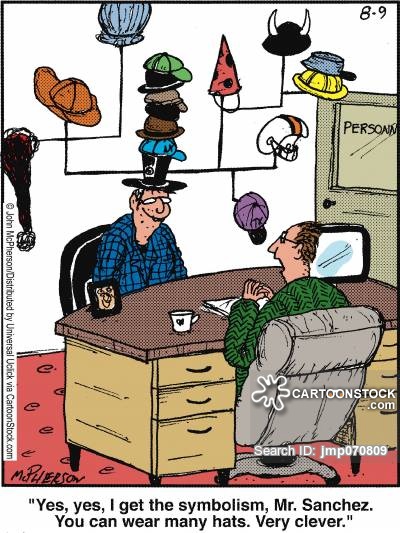People perform many different roles in life, all of which come with certain expectations and requirements. Communication styles vary significantly depending on the role. For example, how an individual behaves and communicates in a professional setting with be very different from their behaviour in a personal or social environment: ‘humans adopt a specific behaviour guided by the expectations of what the role requires’ (Cenere et al 2015).
In the workplace my communication style is professional, respectful and appropriate and it varies depending on who I am interacting with. With colleagues I can be more relaxed and informal, but with managers or clients it is more appropriate to adopt a business-like approach. I vary my choice of language, tone and style depending on the audience and situation.
According to Hanke (2009, p.23-25), there are five traits of being a flexible communicator:
- Good listening skills – looking for non-verbal cues, asking questions
- Being open to change – keeping an open mind, resolving conflict
- Willingness to learn – open to new information and behaviour, seeking feedback
- Positive attitude – take responsibility, move forward and let go of mistakes
- Respectful – acknowledge that people are different, adapt to your listener

It is worth mentioning that changing communication style depending on the audience and role is not being inauthentic, or behaving as a different person. The analogy of the multiple hats is helpful as the person remains the same, but modifies their behaviour as required. This is maturity, to recognise what is required in different circumstances and adjust.
Being able to adapt to the requirements of various roles in life allow us to function effectively both in the workplace and in our personal lives.
Figure 1: Cartoon
Source: Cartoonstock (2012)
References
Cenere, P, Gill, R, Lawson, C & Lewis, M 2015, ‘Communication skills for business professionals’, Cambridge University Press, Great Britain.
Hanke, S 2009, ‘Communication styles: what is your impact on others’ Professional Safety, vol. 54, no. 5, pp. 23-25.